Health Informatics: Organizational Workflow Analysis Report
VerifiedAdded on 2022/09/09
|12
|1010
|17
Report
AI Summary
This report provides an analysis of organizational workflow within the health informatics sector, focusing on the challenges of data protection and the importance of effective workflow and workforce management. The report begins with a situational analysis highlighting the flaws of paper-based data management systems, such as data breaches and the need for significant storage and workforce. It then outlines workflow requirements, emphasizing the role of Electronic Health Records (EHRs) in reducing workload and improving data retrieval. The architectural recommendations suggest upgrading to EHR systems to mitigate data breach risks and improve connectivity. Provisional recommendations highlight the effectiveness of EHR tools like Epic software, which offers advanced features for data management. The conclusion emphasizes the benefits of EHR implementation for improving patient care, reducing errors, and the importance of user tutorials for effective data utilization.
1 out of 12
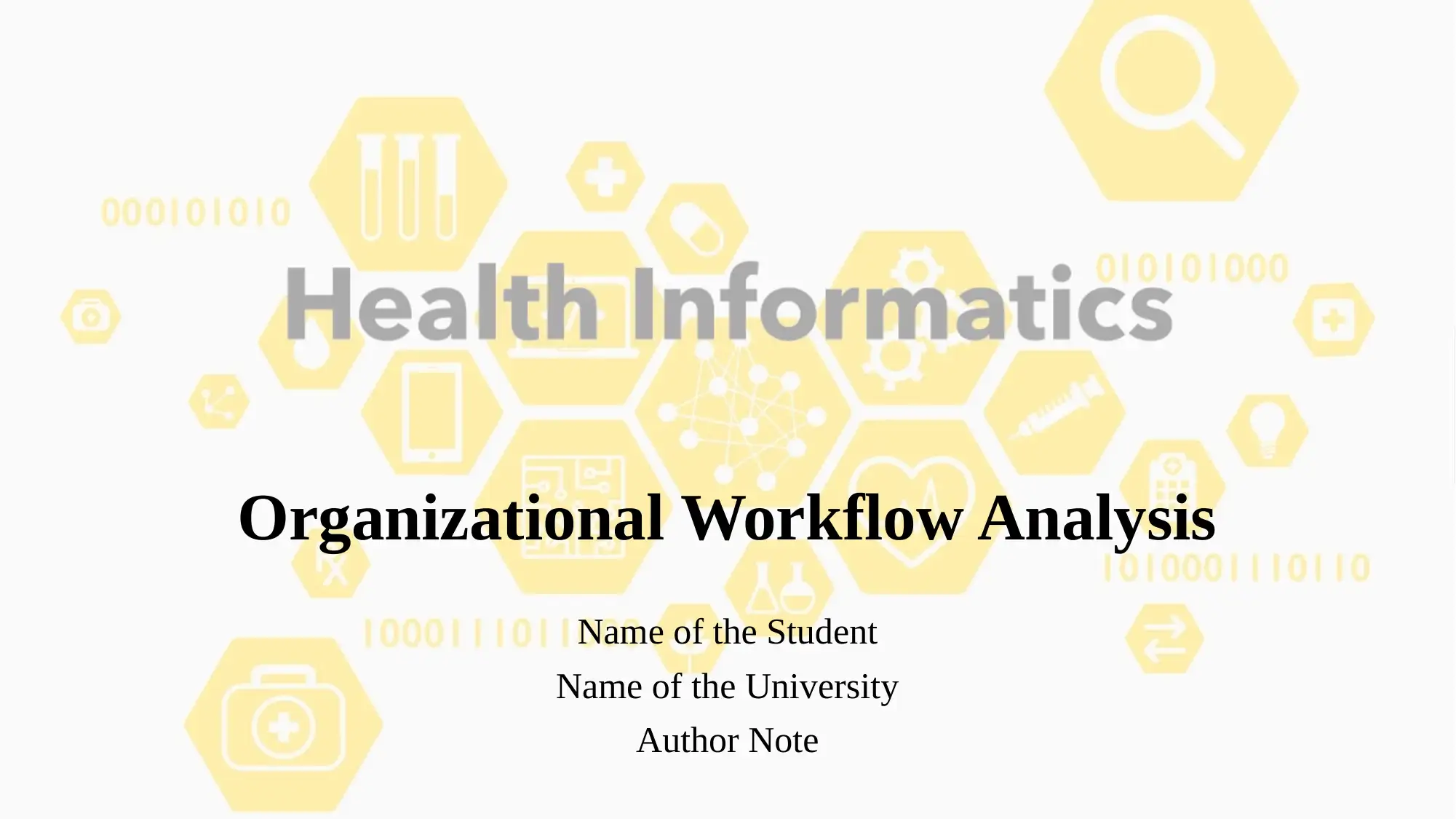
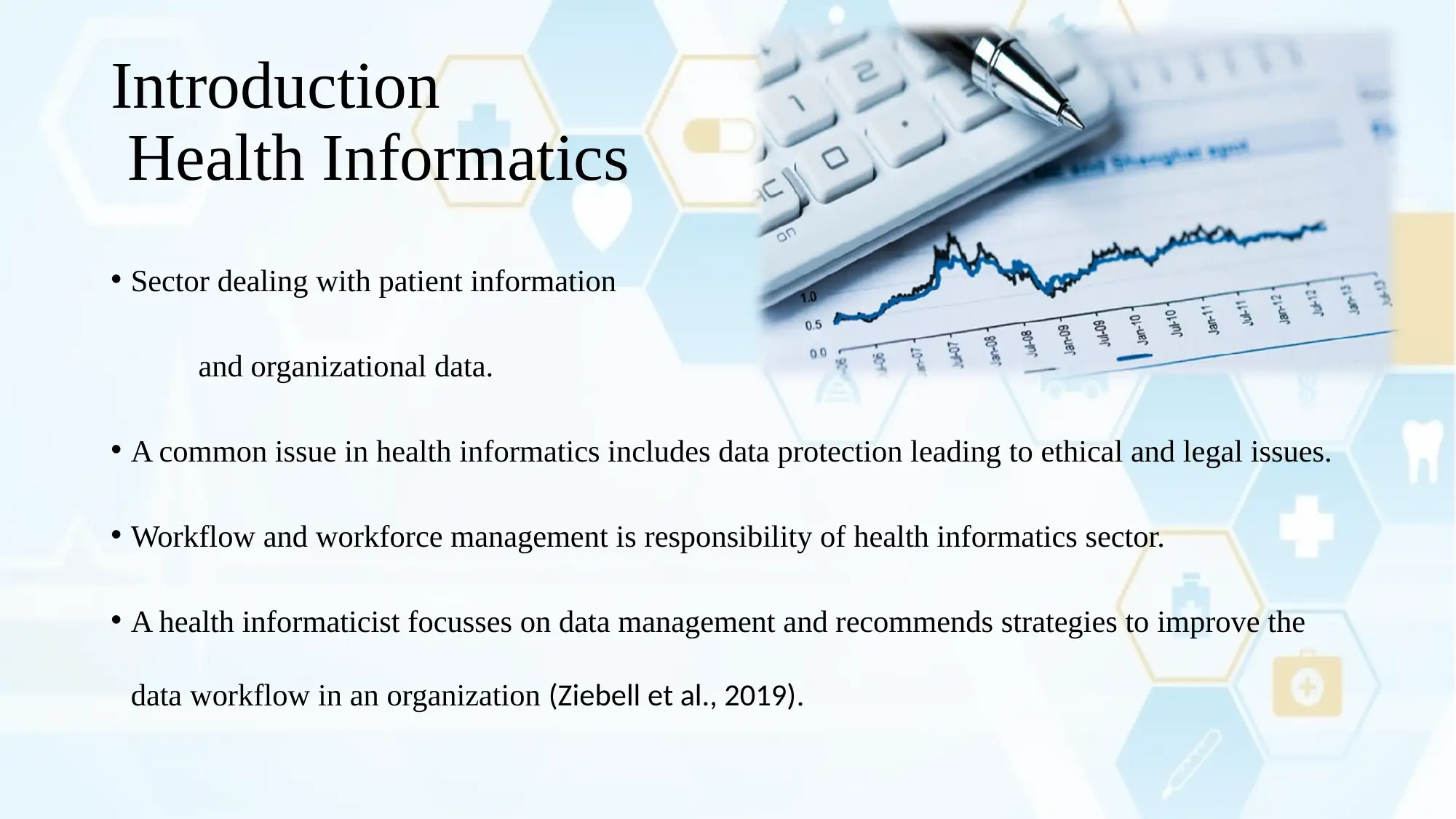
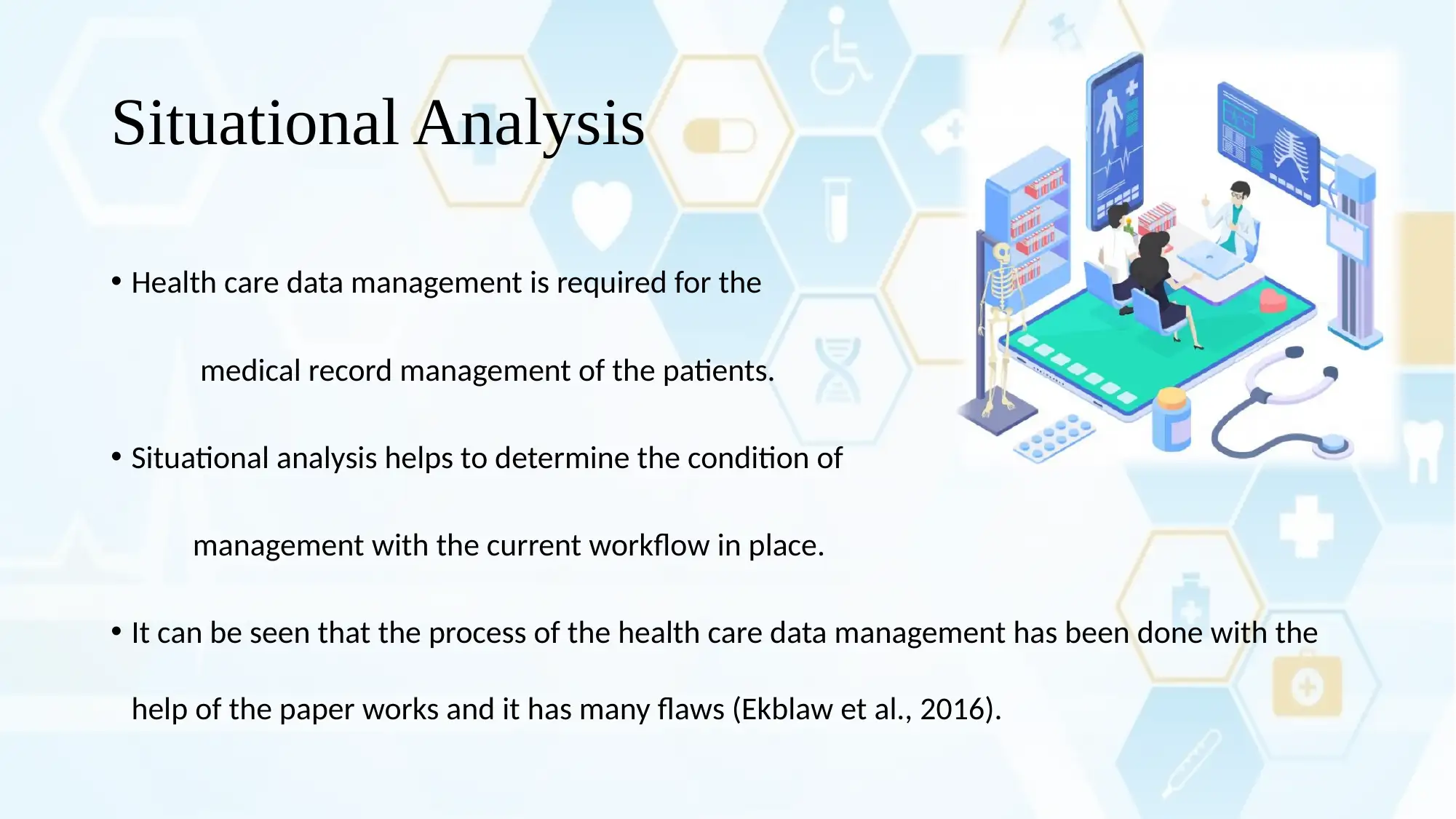
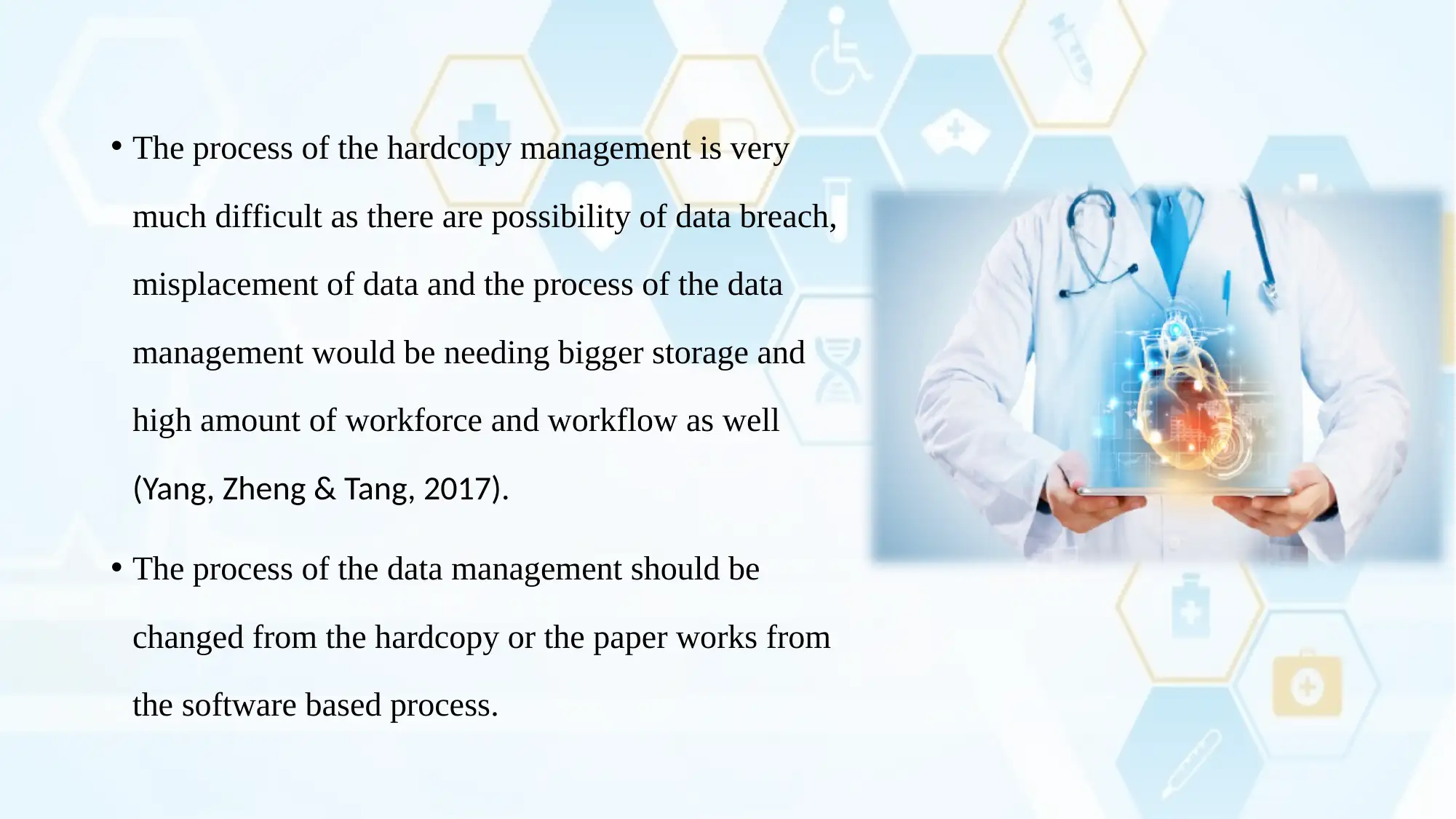
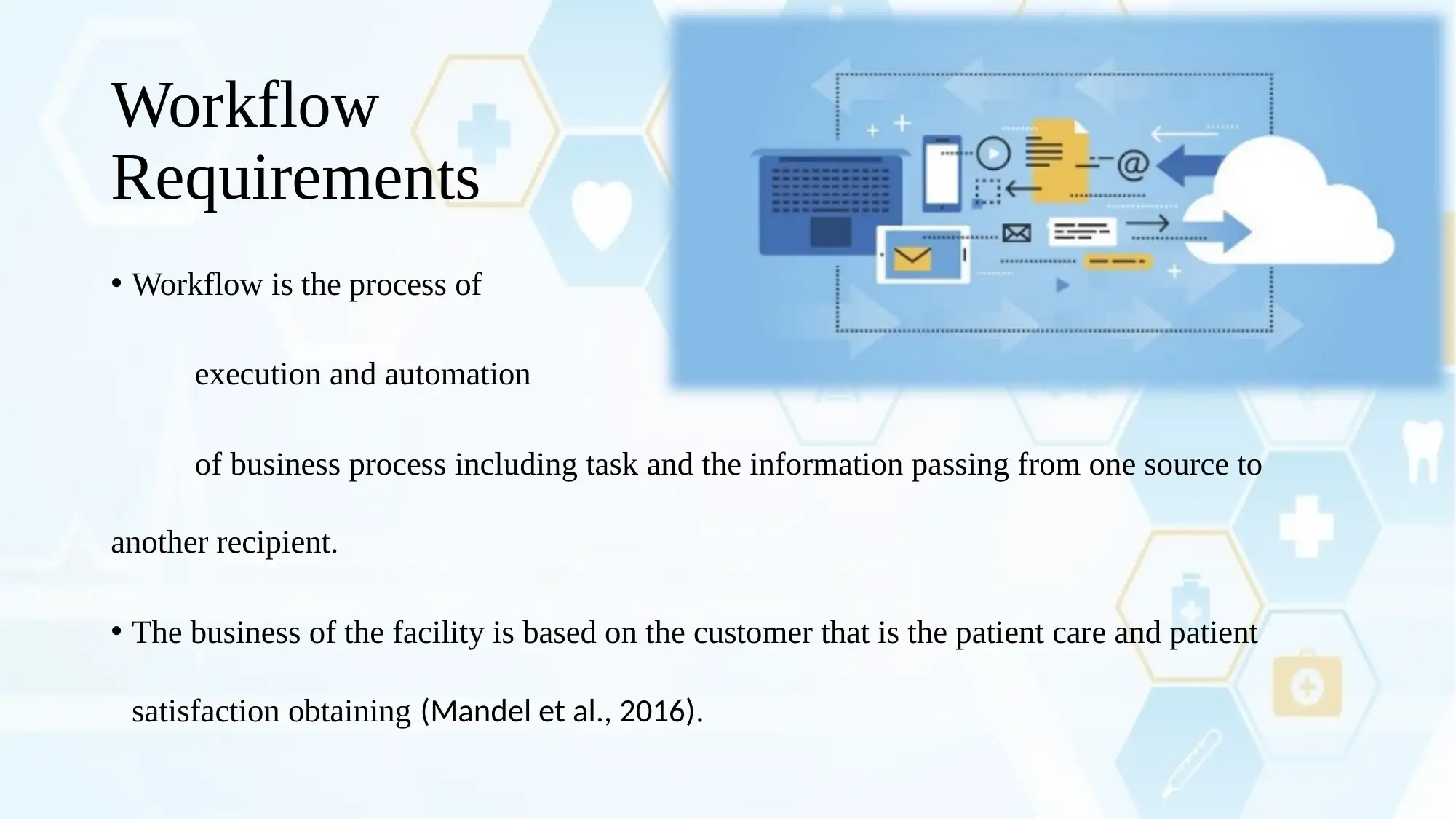
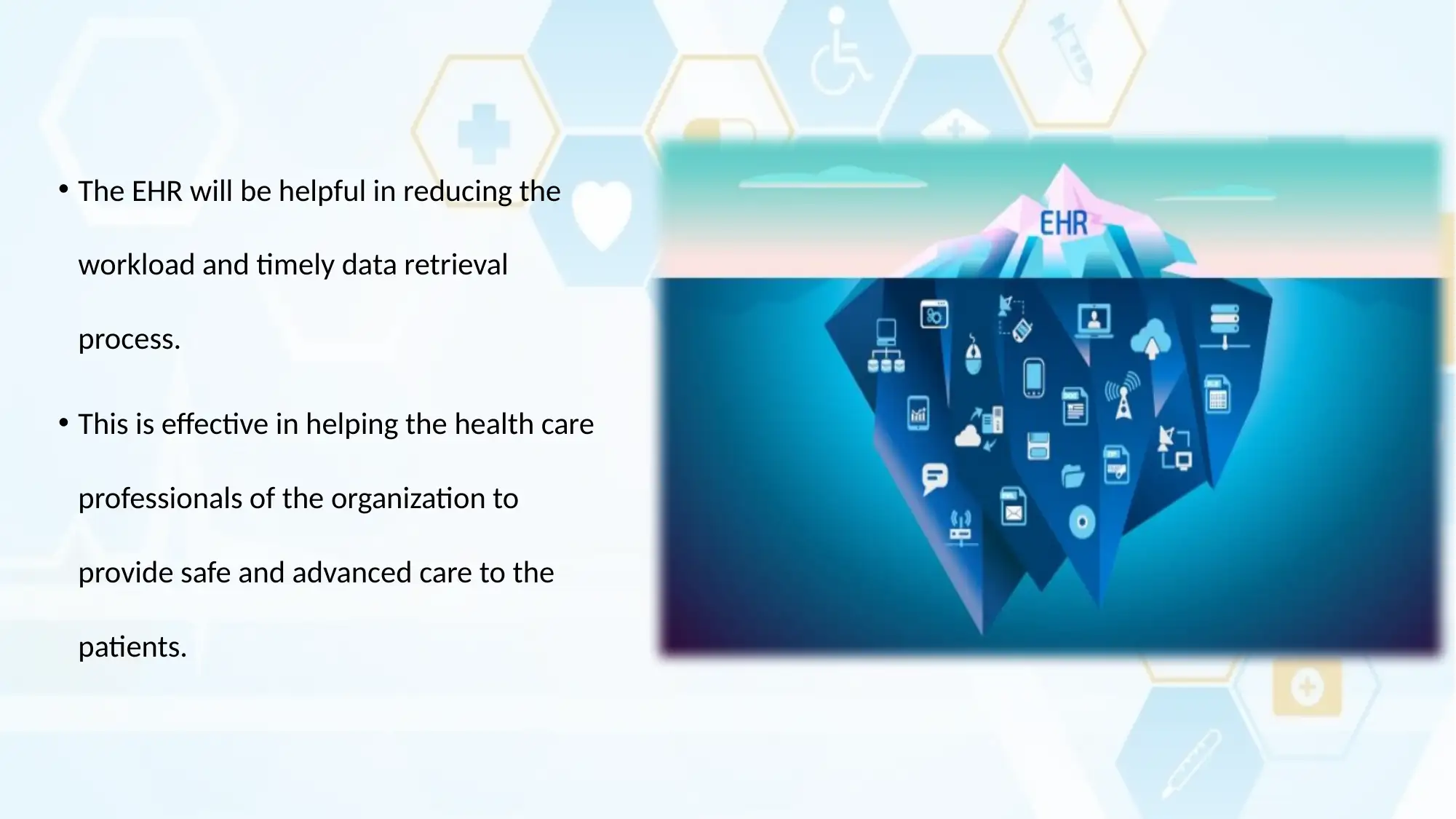
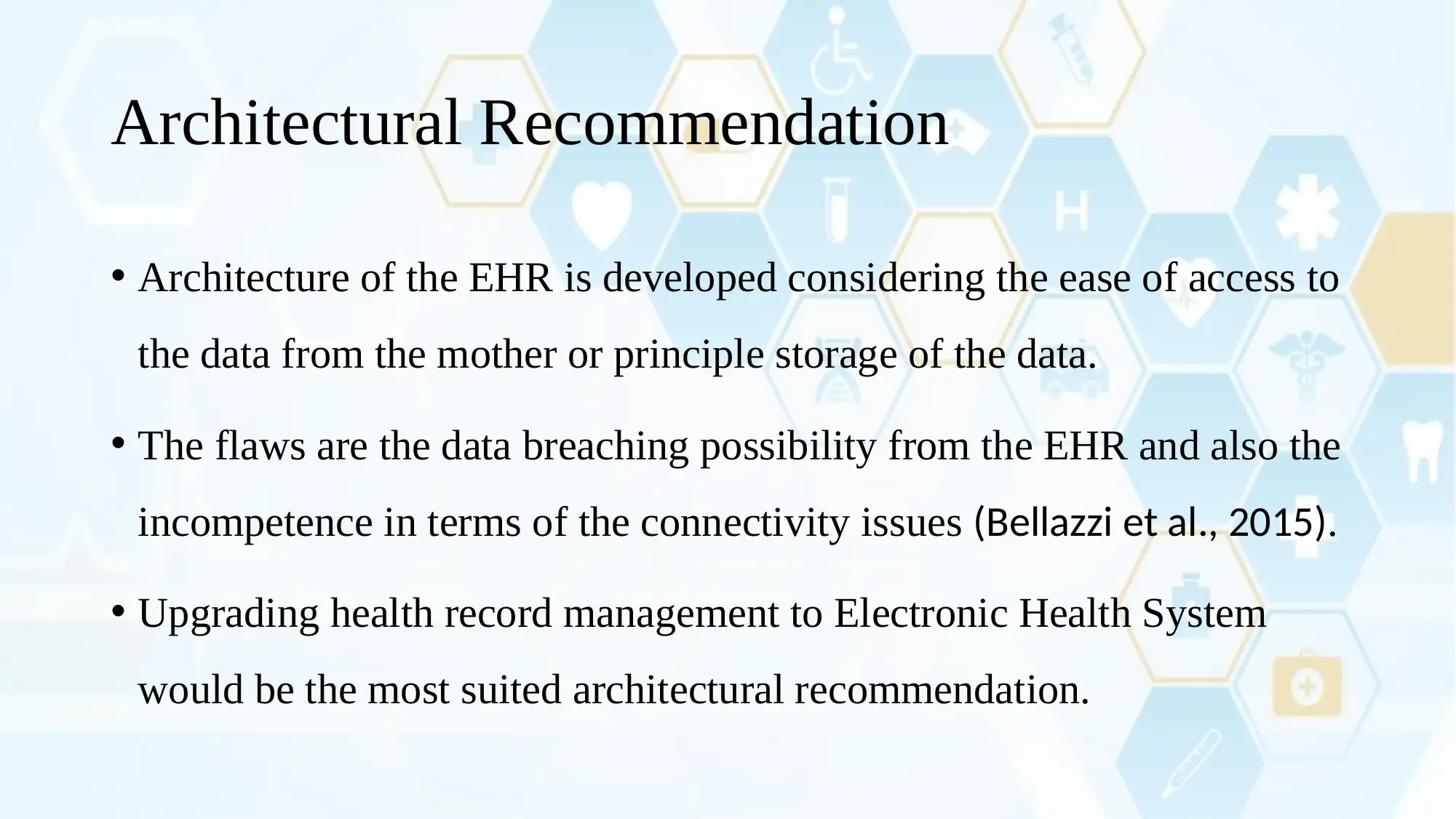
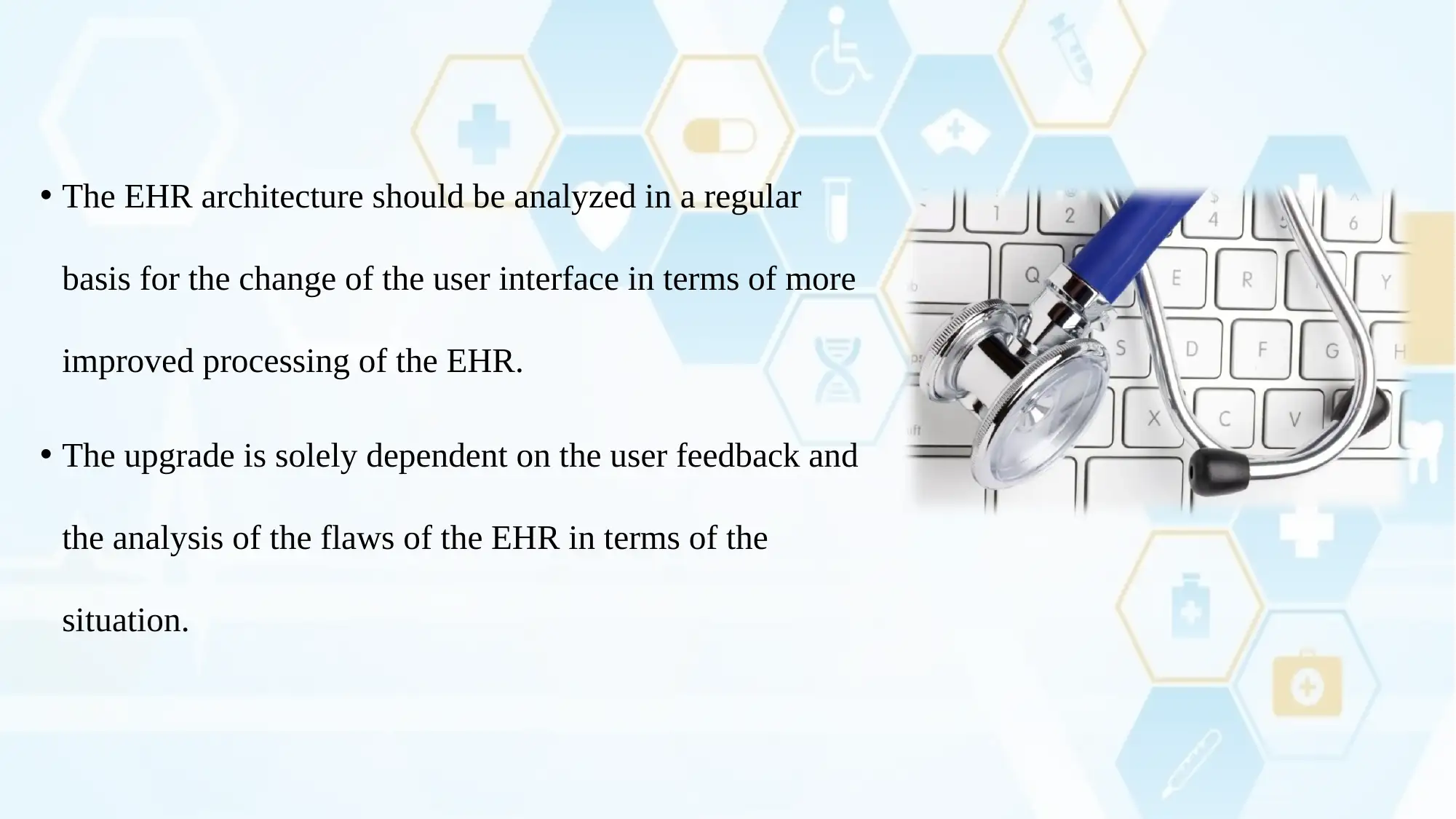
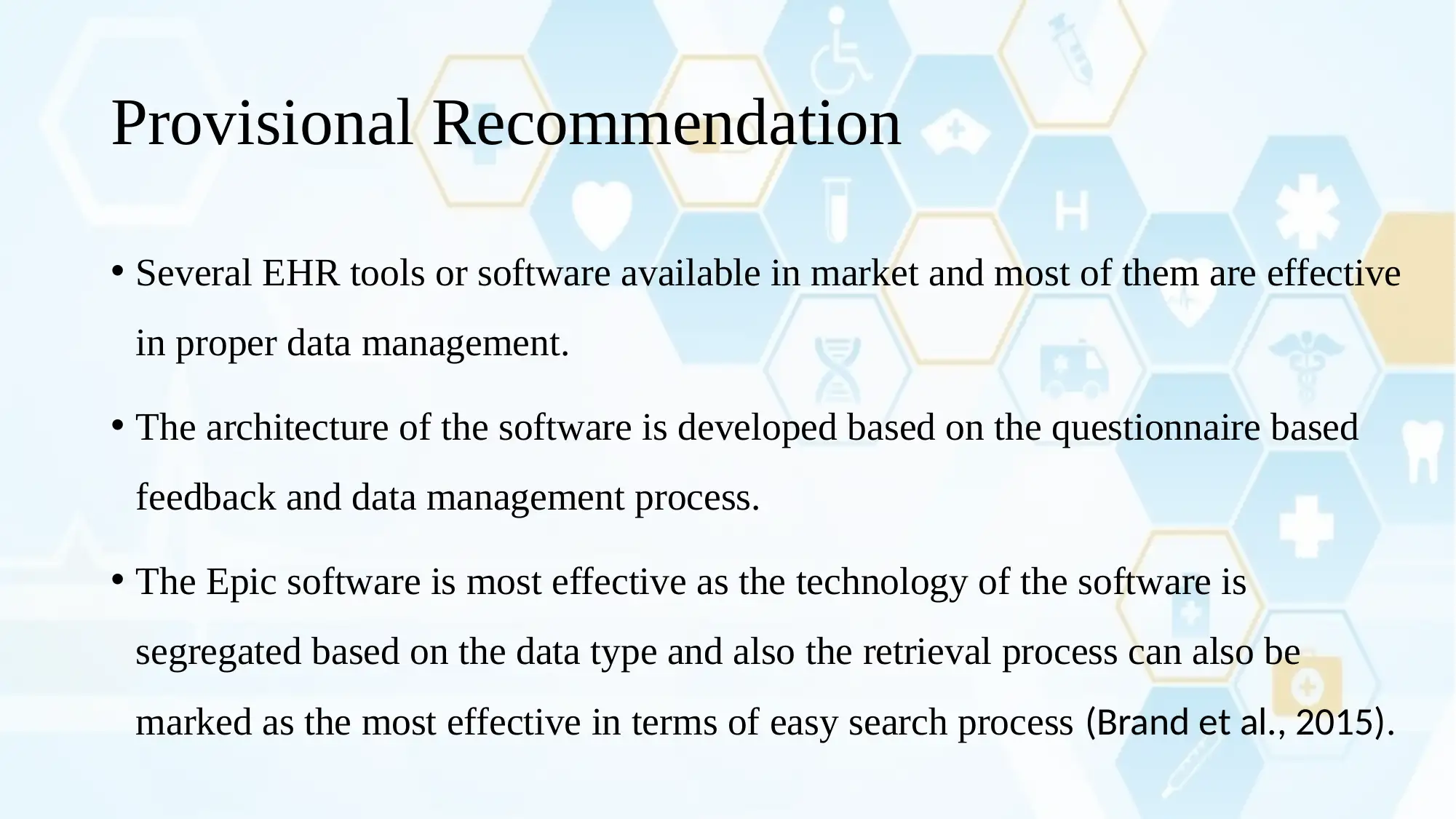
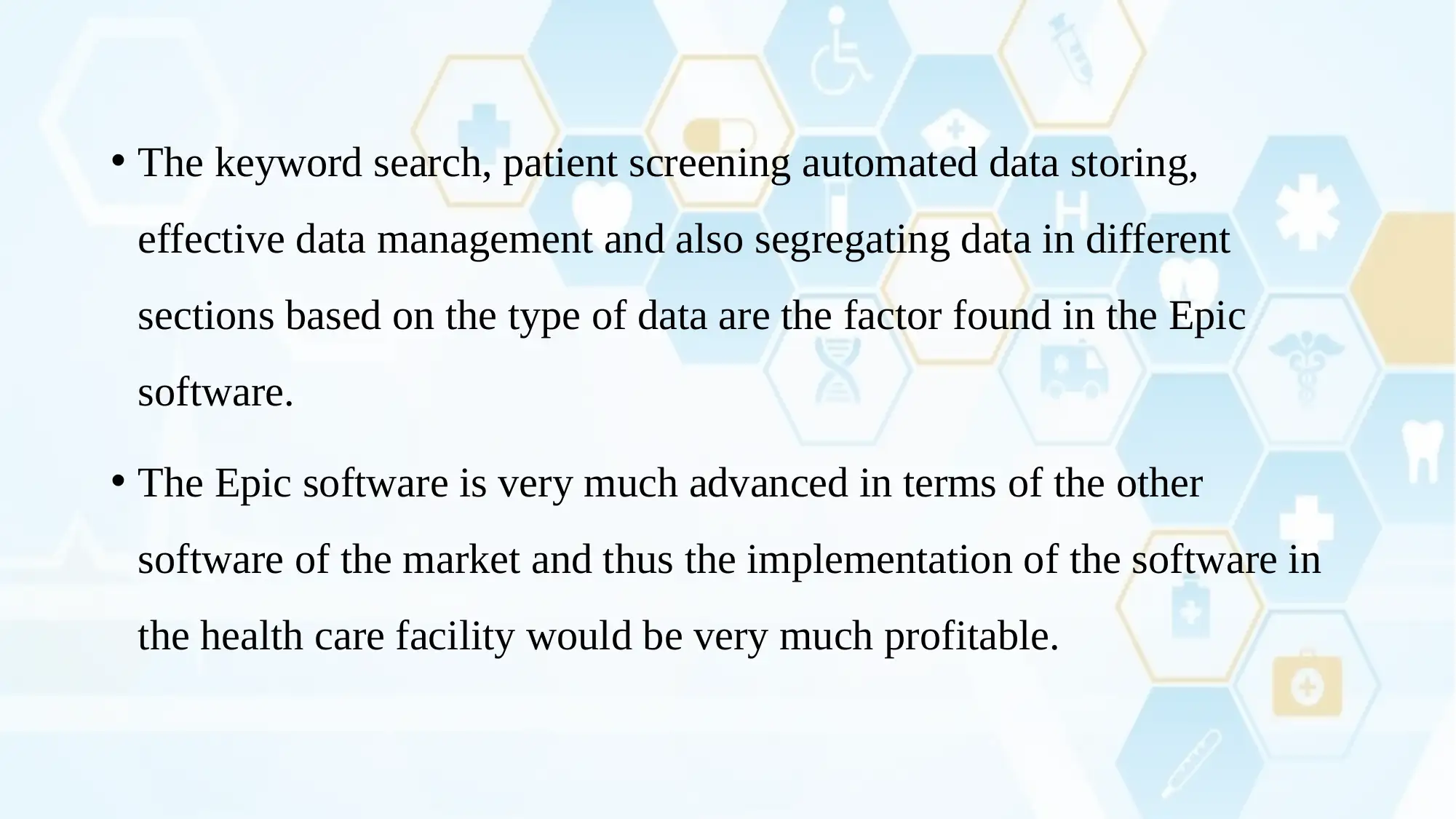
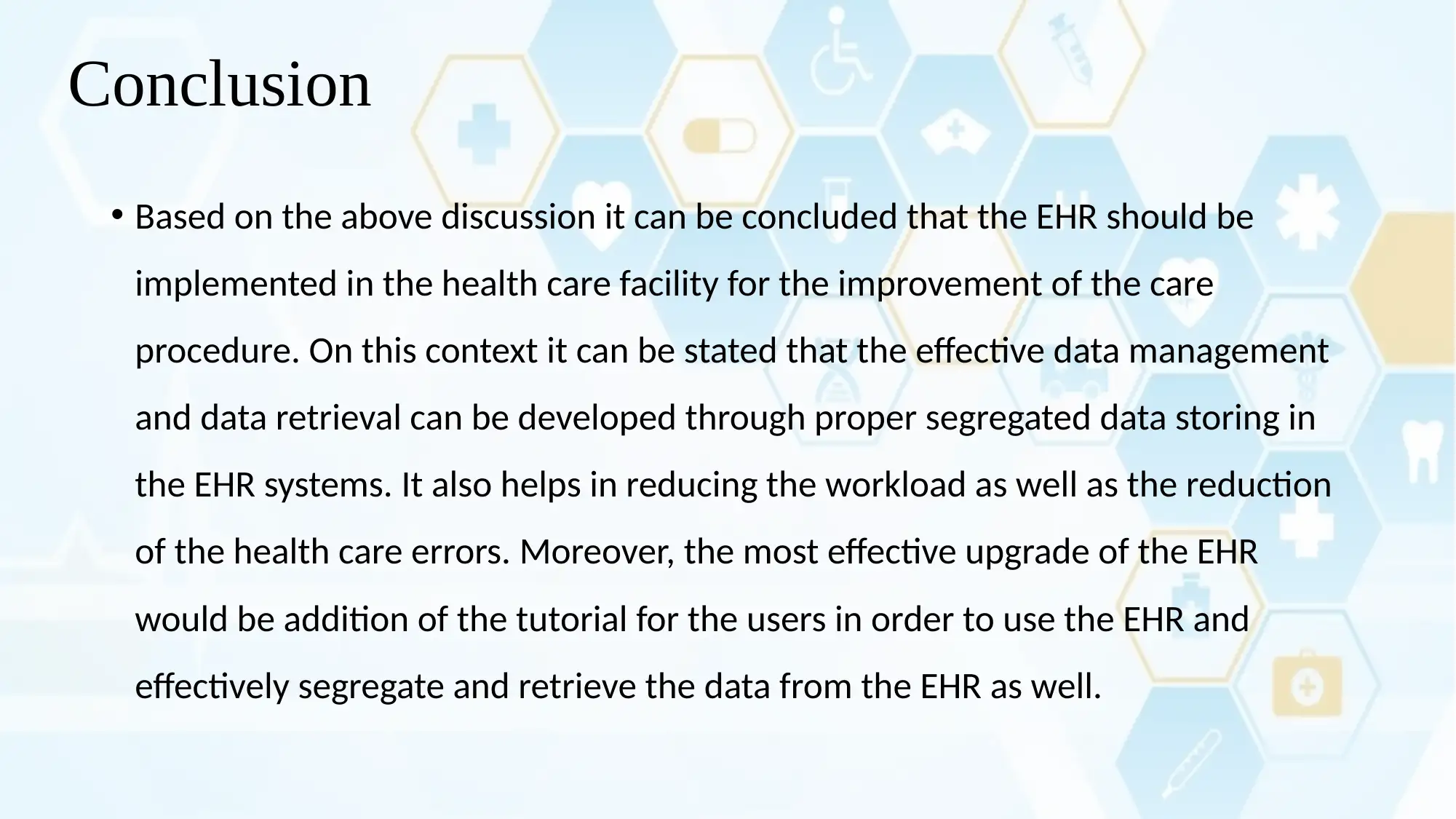
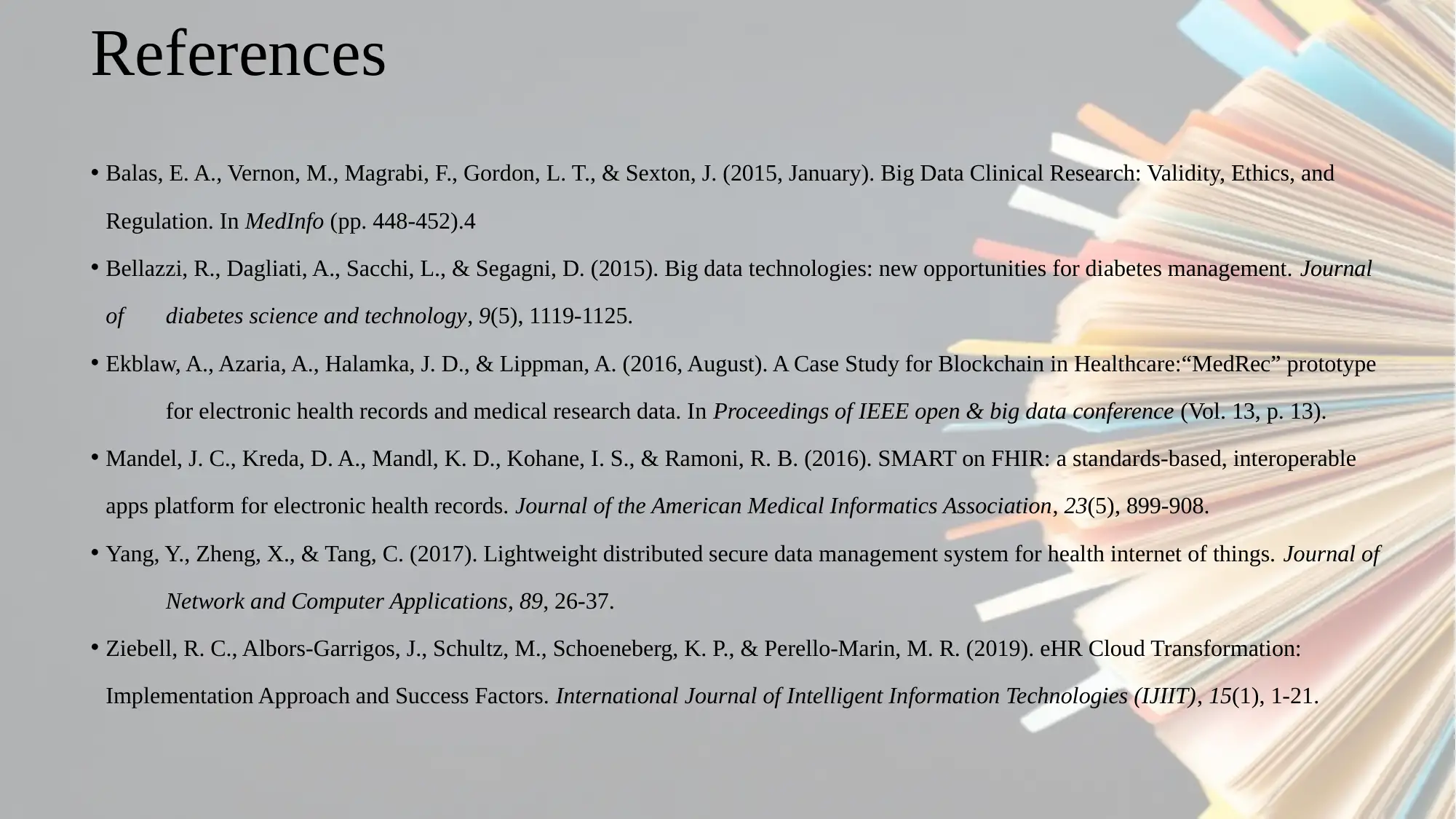






![[object Object]](/_next/static/media/star-bottom.7253800d.svg)